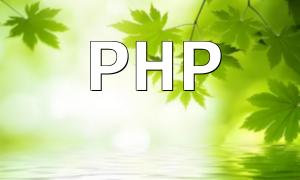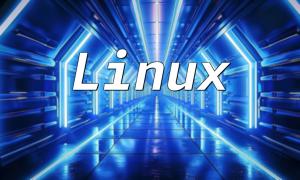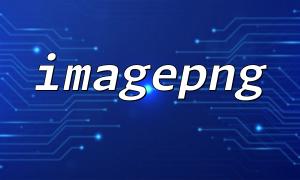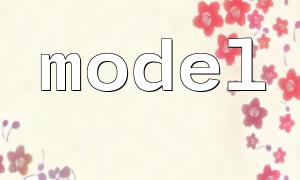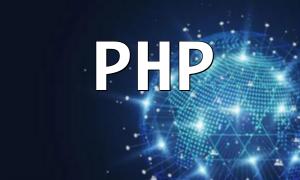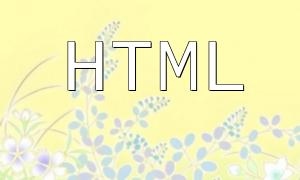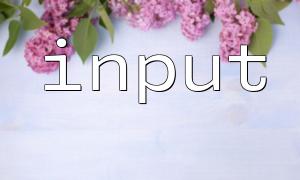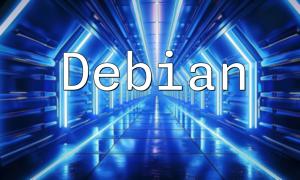PHP, as a widely used backend programming language, is known for its script-based nature, which allows for fast execution. This is one of the key reasons PHP is so popular for web development. Object-Oriented Programming (OOP) in PHP provides developers with better code structure, making it more readable and reusable.
In PHP object-oriented programming, data access methods are a key part of class design. PHP supports three primary ways to access data:
Public properties can be accessed both inside and outside the class, typically using the arrow operator (->) for access.
class Car {
public $color;
public function __construct($color) {
$this->color = $color;
}
}
$car1 = new Car("blue");
echo $car1->color;
Protected properties can only be accessed within the current class and its subclasses. They cannot be accessed outside the class, and the arrow operator (->) is also used for access.
class Car {
protected $color;
public function __construct($color) {
$this->color = $color;
}
}
class SportCar extends Car {
public function showColor() {
echo $this->color;
}
}
$car1 = new SportCar("red");
$car1->showColor();
Private properties can only be accessed within the current class and not outside. Again, the arrow operator (->) is used for access.
class Car {
private $weight;
public function __construct($weight) {
$this->weight = $weight;
}
public function showWeight() {
echo $this->weight;
}
}
$car1 = new Car("2000");
$car1->showWeight();
This article has introduced the three common data access methods in PHP object-oriented programming: public properties, protected properties, and private properties. Understanding and mastering these fundamental concepts will significantly improve code readability, maintainability, and reusability, which are crucial for writing high-quality code.
